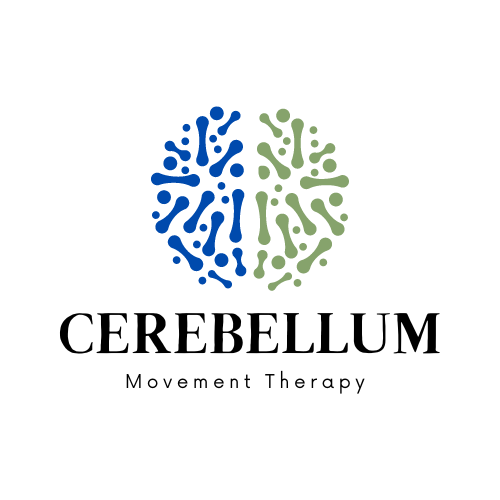Unlocking the Power of Rehabilitation: Understanding the Nervous System
The human body is a complex and interconnected system of organs and structures. While all bodily systems are crucial, one stands out as the conductor of the symphony of life: the nervous system. It's the control center that regulates every aspect of human function, and it plays an indispensable role in physical rehabilitation.
The nervous system serves as the epicenter of control in the human body. It orchestrates communication, regulates motor functions, and processes sensory input. In the context of rehabilitation, this central role cannot be overstated. Understanding the nervous system is the key to unlocking the body's ability to heal and recover.
When an injury occurs, the brain's ability to receive and interpret sensory information can be compromised. This often results in pain, as the brain attempts to fill the gaps in unclear sensory signals and perceives the miscommunication as a threat. Recognizing the impact of nervous system dysfunction is critical in developing effective rehabilitation strategies.
The interaction between the nervous system and the musculoskeletal system is integral to rehabilitation. Muscle receptors and Golgi tendon organs provide vital feedback on muscle tension and length, while the nervous system coordinates the execution of desired movement patterns to function optimally. This interplay is a fundamental consideration in rehabilitation plans.
The significance of understanding the nervous system extends to all types of injuries and conditions. Whether the issue is musculoskeletal, neurological, or a combination of both, the nervous system's role is ever-present. It is the common thread that ties rehabilitation together.
Neuroplasticity is the phenomenon that allows rehabilitation strategies to be effective. It is the process of reshaping the brain through non-threatening repetition to improve outcomes. Rehabilitation professionals harness this neuroplasticity to optimize recovery.
Healthcare professionals, particularly physical therapists, play a vital role in integrating nervous system considerations into their treatment plans. Touch through manual therapy and movement patterns via exercise therapy both influence the nervous system. By assessing what is threatening or non-threatening to the individual and providing specific, neurological-focused inputs, practitioners can optimize rehabilitation.
A common misconception is that a brain-based, neurological approach to rehabilitation eliminates hands-on components. This is far from the truth. Such an approach complements hands-on techniques and exercises, enhancing their effectiveness by considering the nervous system's influence.
When it comes to physical rehabilitation, the nervous system takes center stage. Appreciating its role as the conductor of the body's functions is essential for effective rehabilitation. By understanding how it operates, healthcare professionals can develop more tailored and effective treatment plans. Nervous system-focused rehabilitation isn't about replacing hands-on care but rather enhancing it, improving patient outcomes and well-being.

